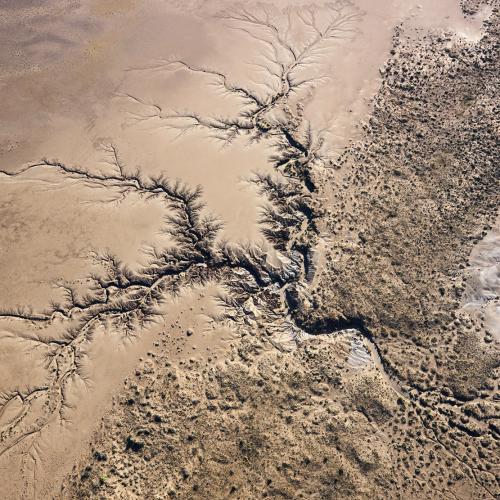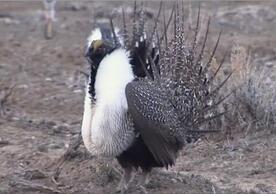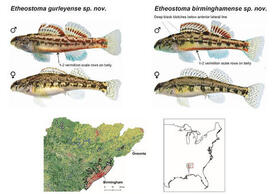
By Juliana Hanle, YIBS Science Communication Fellow (juliana.hanle@yale.edu)
Fifteen years ago, Sarah Parcak, Yale College ‘01, took a remote sensing course with YIBS’ Center for Earth Observation (YCEO). This week she invited the world to seek ancient treasure with her, remotely. An award-winning professor of Anthropology at the University of Alabama at Birmingham, Parcak has made a name for herself as a space archeologist. This week Parcak announced that she would use the 1 million dollar TED prize to launch a game-like platform to crowd-sourcing archeology. The New York Times, Wired Magazine, National Geographic, and many more, covered her project, which she hopes will help efforts to preserve the ancient sites.
Spotlight on Sarah Parcak, Yale College 2001
In Sarah Parcak’s hands, photos place lost cities. Recipient of the one million dollar TED prize, Parcak just announced a project to welcome the world to space archeology, applying the skills she began to gain as an undergraduate at Yale.
Parcak learned to work with satellite imagery as a student at Yale in the course “Observing Earth from Space,” at the Yale Center for Earth Observation. Now, she is a leader in the field of Egyptology from space and founding director of the University of Alabama’s Laboratory for Global Observation. Parcak’s list of honors is extensive, and includes the titles 2013 TED Senior Fellow and National Geographic Explorer. Even so, her current project seems likely to massively increase her audience.
The work that has won her so much recognition allows Parcak to identify traces of ancient activity that cannot be seen from the ground. Satellite images capture information that humans cannot see. Parcak illuminates these signs via data manipulation, applying filters and algorithms to light at wavelengths beyond human perception. With these tools, Parcak seeks evidence of ancient human life on Earth from beyond the planet.
Minute differences in ground cover reveal much. They can show the prints of structures like a hippodrome or a two thousand year old street grid. Structures, gone or buried thousands of years, leave chemical marks on the land that cause very small, nearly invisible, changes in vegetation growth. These form patterns from which Parcak can find cities, or pyramids, which she described in a brief TED talk from 2012. In an appearance on the Late Show with Stephen Colbert in January, she expressed her belief that countless of such sites are still undiscovered.
Though Parcak gazes through the centuries across Egyptian landscapes, she is firmly rooted in the present. She has explained that open access to satellite imagery via hosts like Google Earth means that trained archeologists are not the only ones with new tools. Looters can access this data as well. Parcak tracks these archeological robberies from space. She examines images riddled with destruction, sometimes only a week old. Fresh. She can’t find them all in time to beat the looters.
However, with TED’s aid, Parcak will enable people across the world to identify the thousands on thousands of as yet unmolested ancient sites. She wants the project to help protect these places by identifying them to the people that can implement protections. The project will also produce a different powerful effect: soon anyone can discover an archeological site, virtually.



